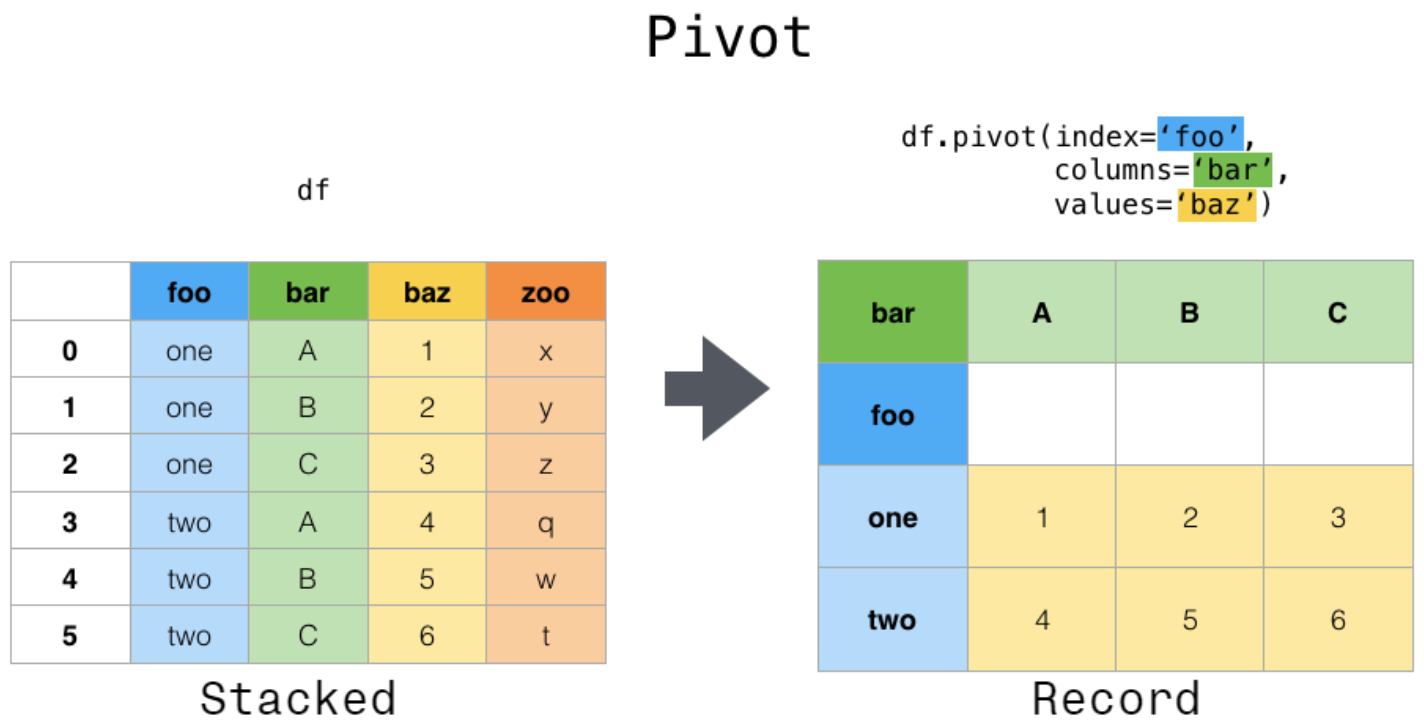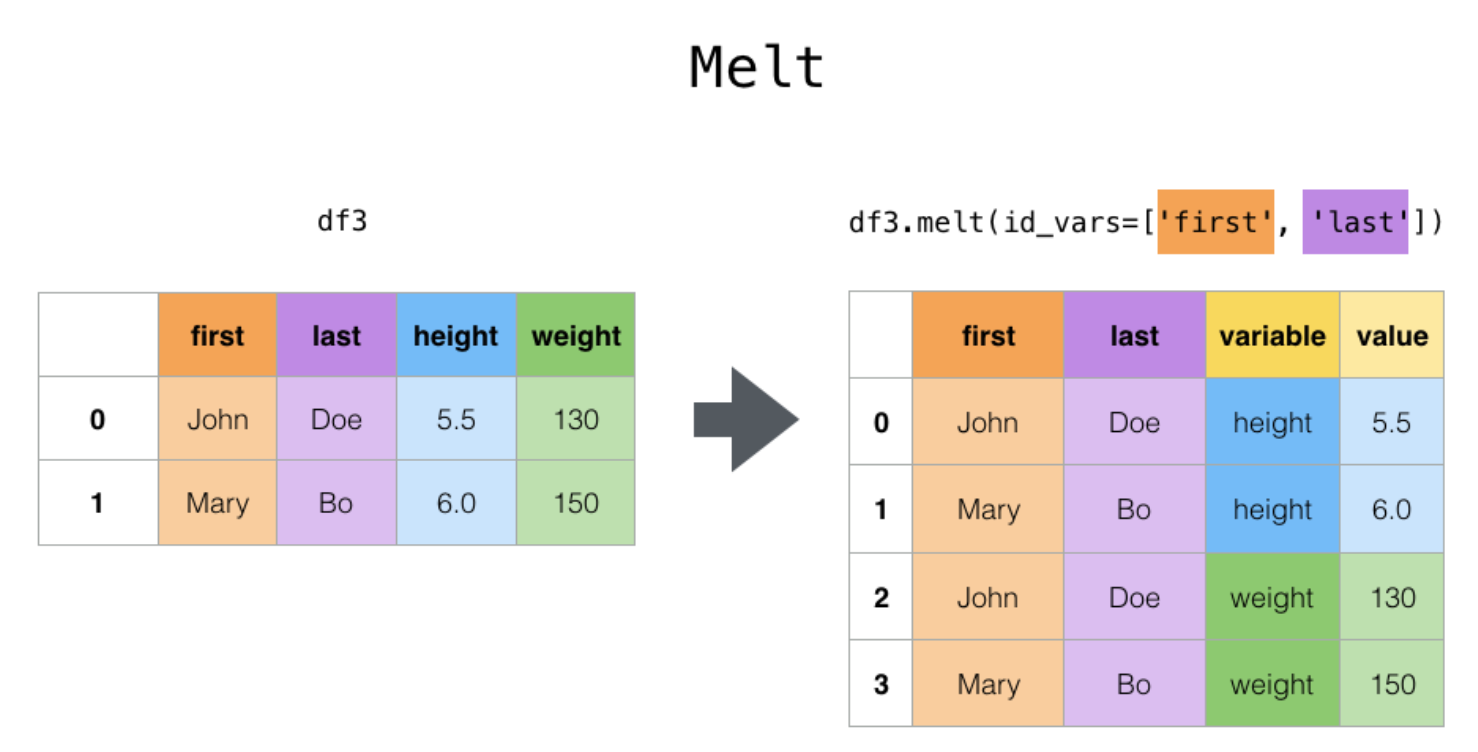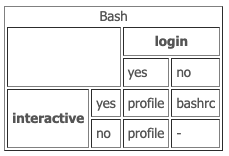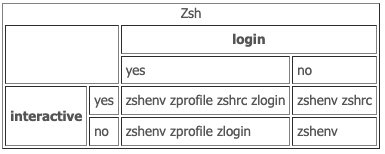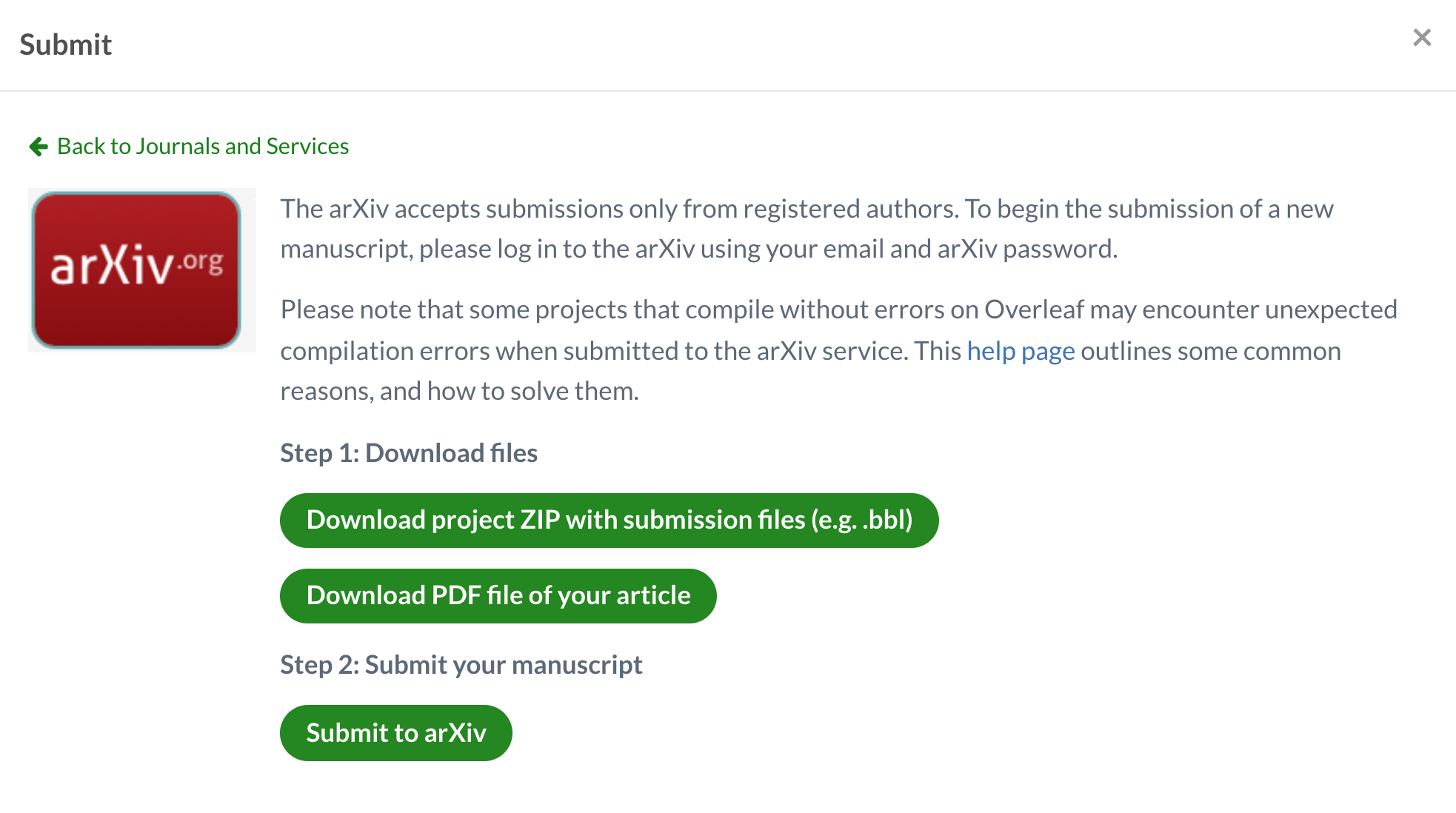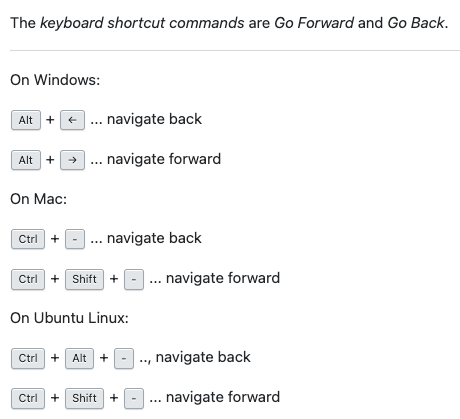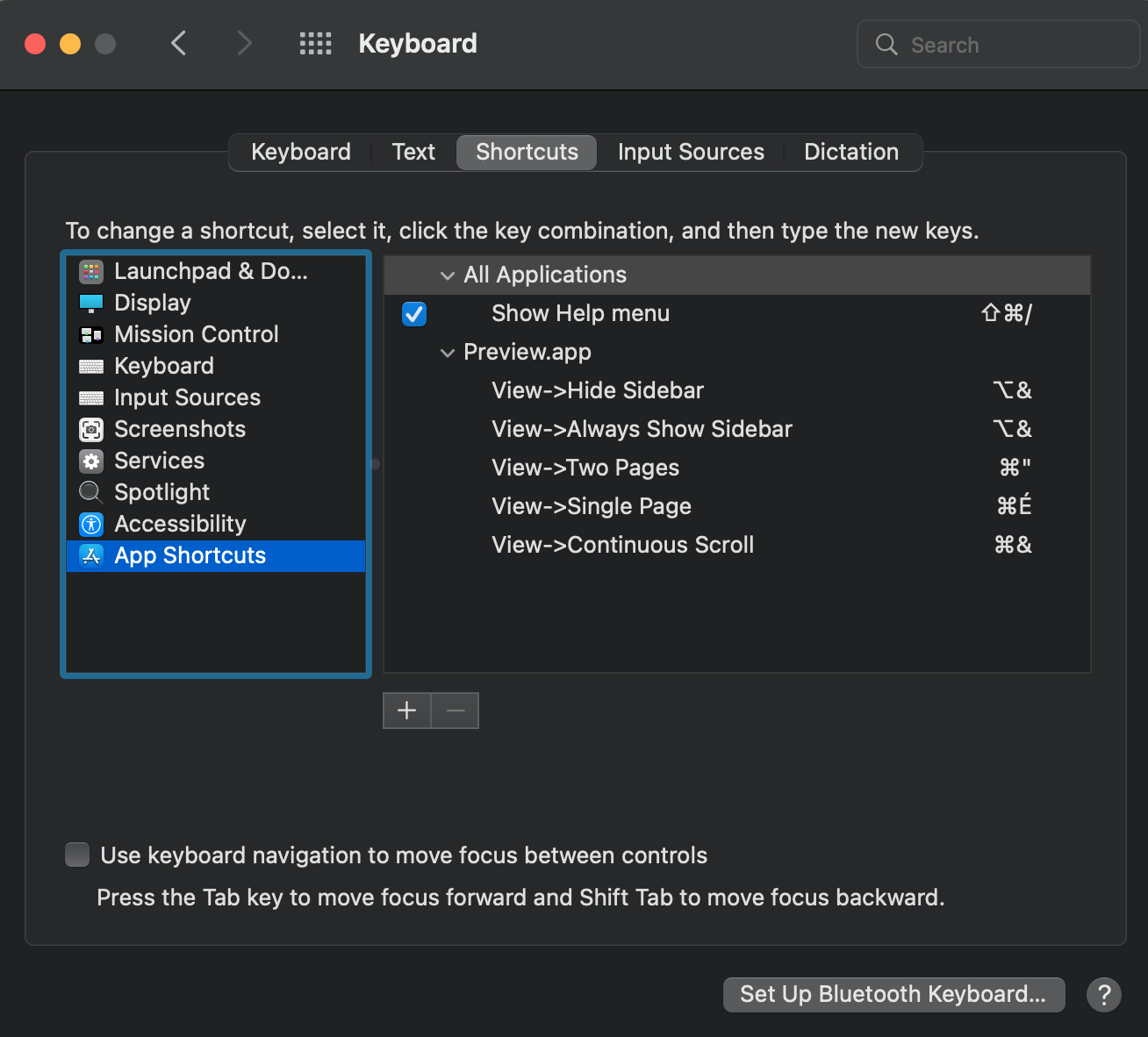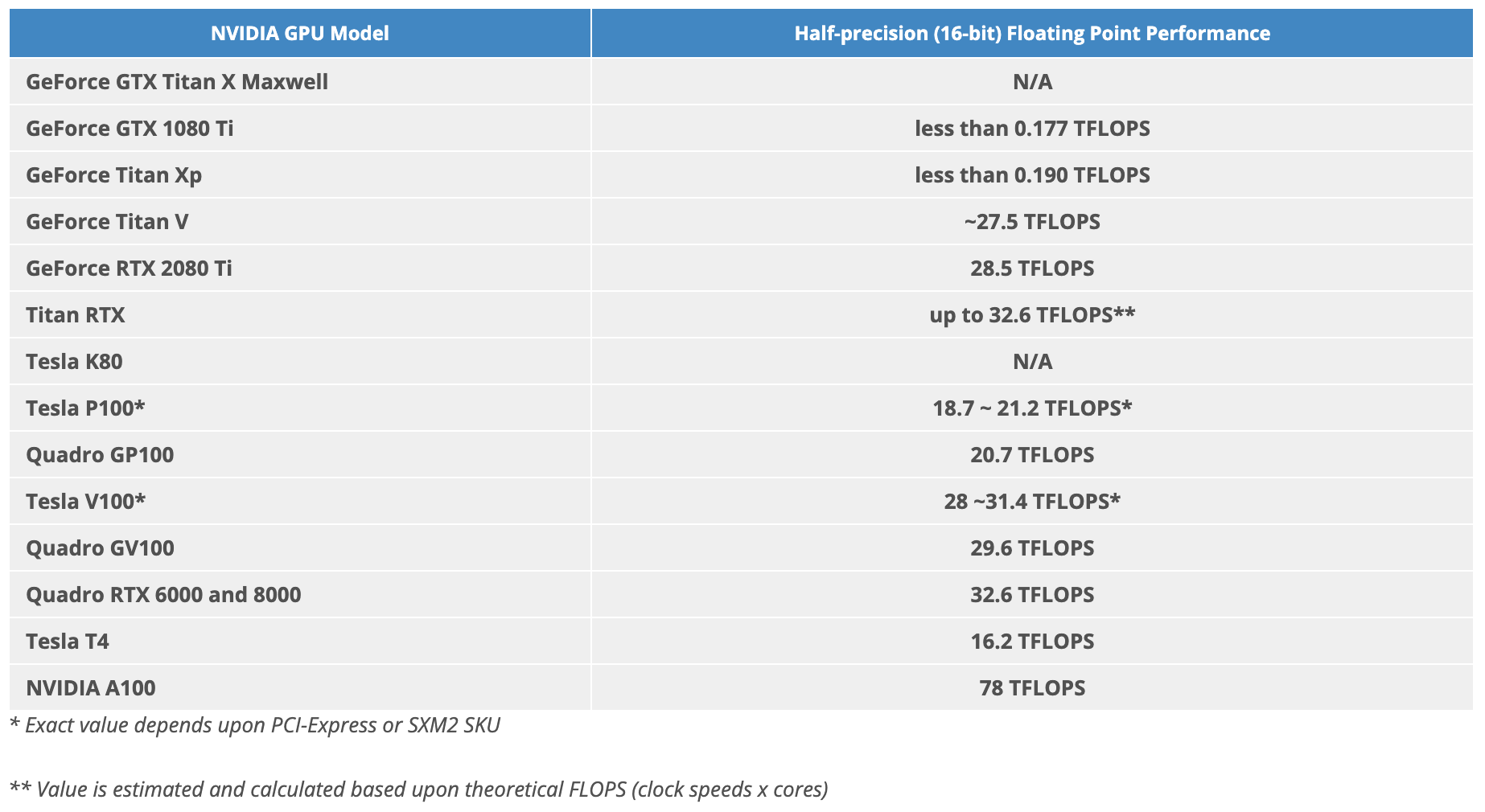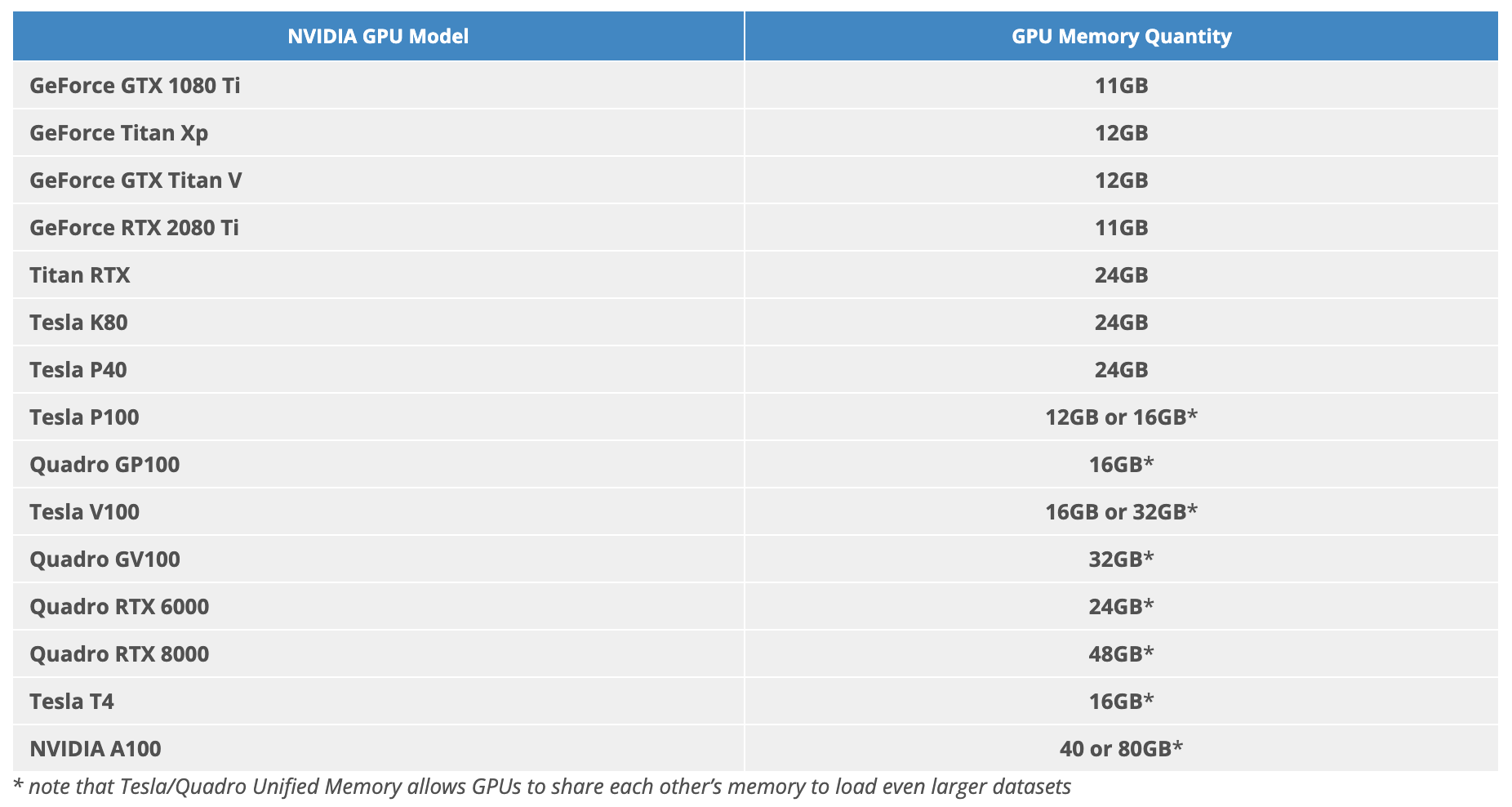Advanced hints for choosing data structures or algorithms
- monotonic stack (单调栈): find next/previous greater/smaller XXX
- backtracking (回溯): find all XXX
- dynamic programming (动态规划): 可以使用回溯等手段暴力枚举所有解,但是题中只求计算数目或者存在性(不要求返回解的具体形式)。
- fixed-sized priority queue / heap (固定大小的优先队列或堆): k-th smallest/largest element or top-k smallest/greatest elements, e.g. a k-sized min heap always contains the k largest elements, and vice versa.
